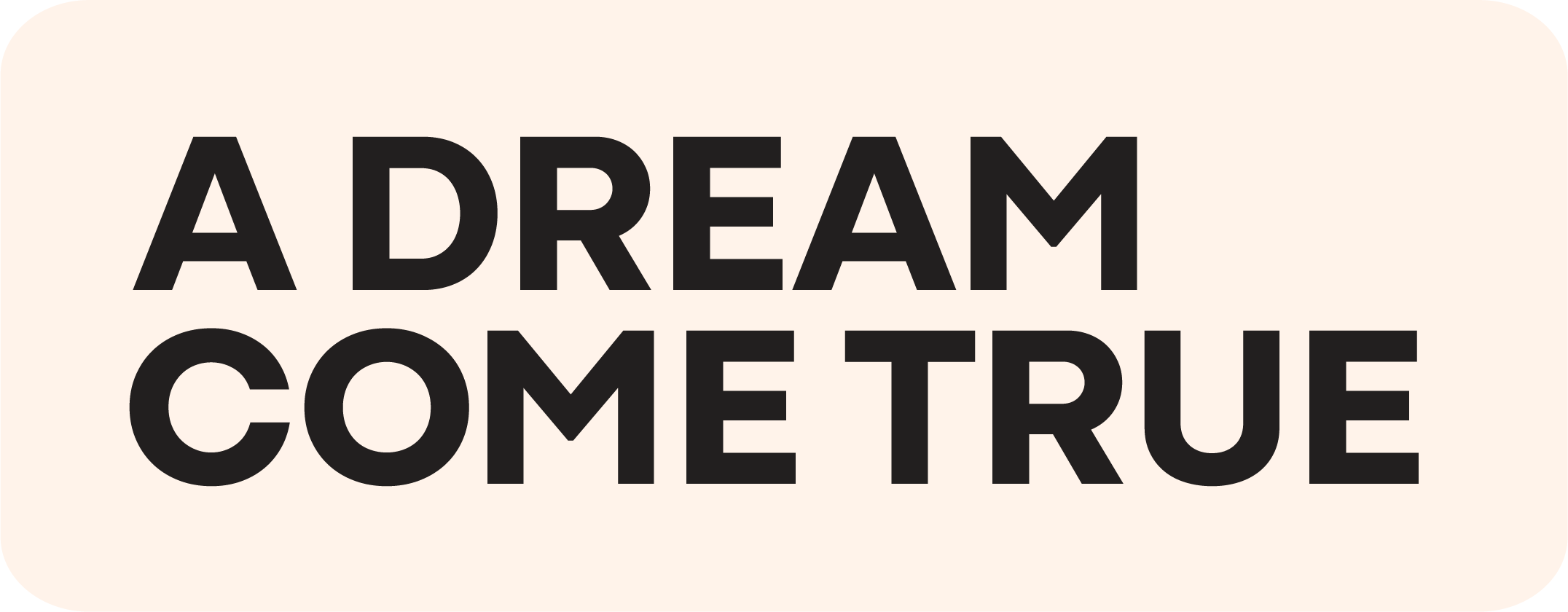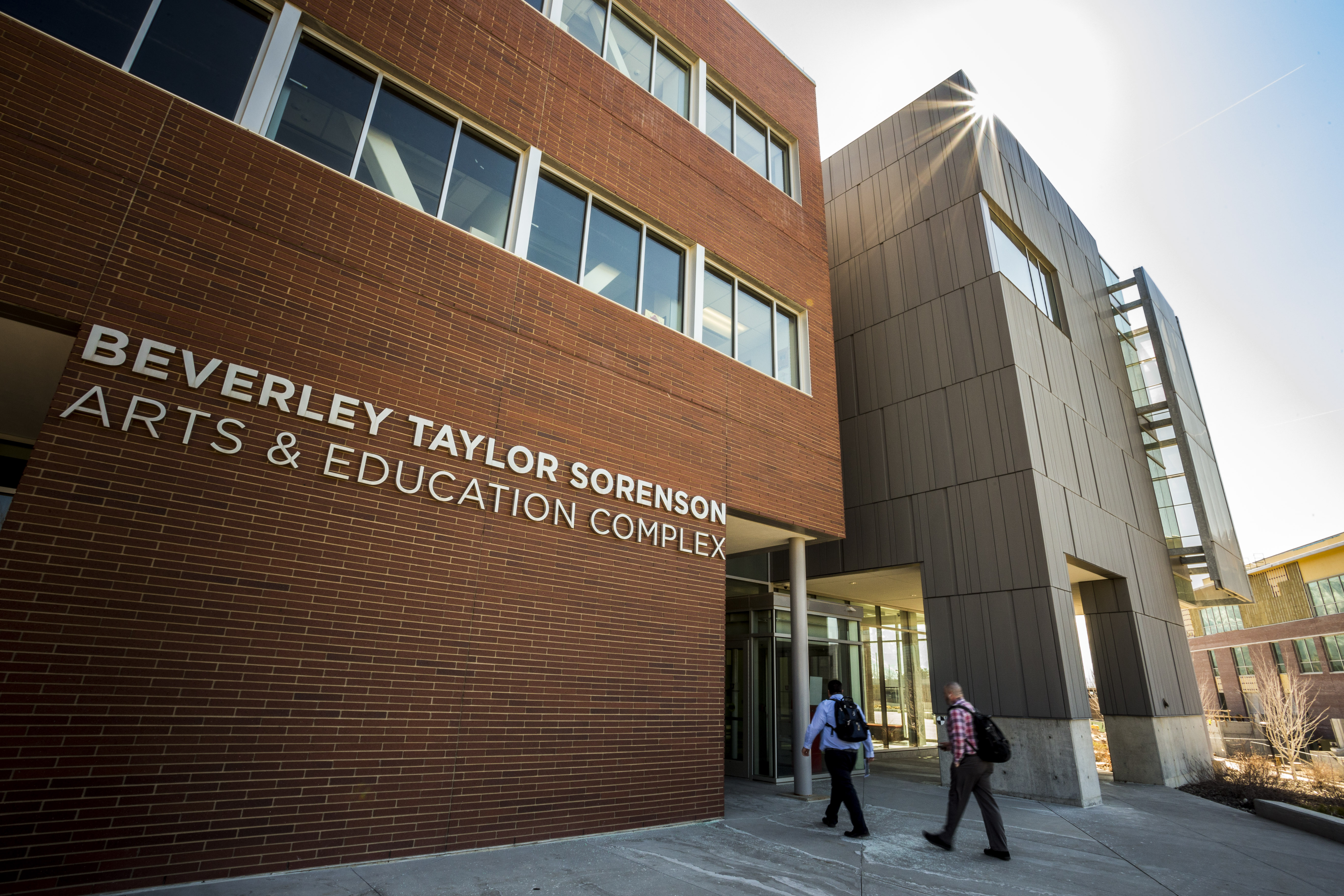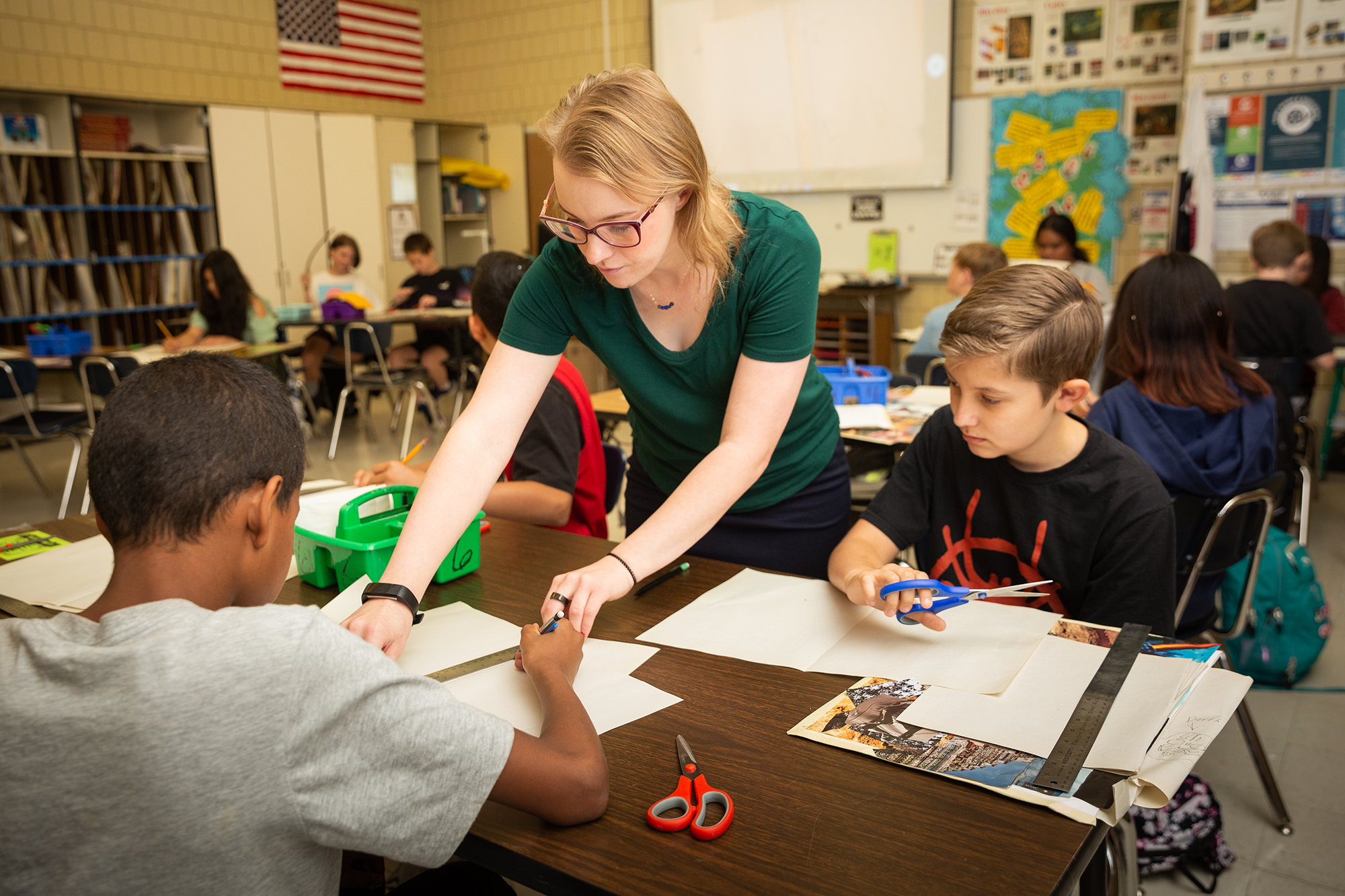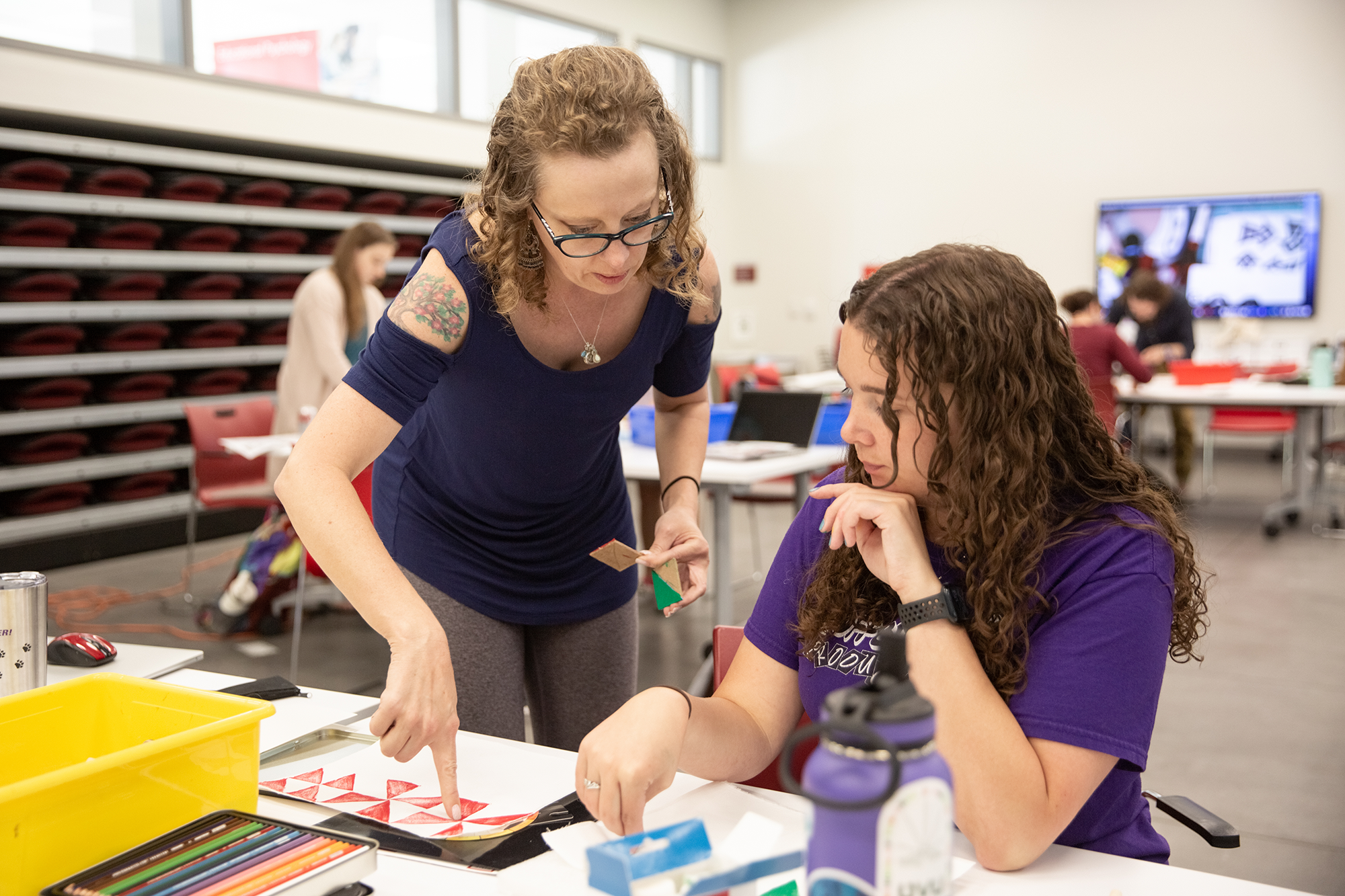Beverley Taylor Sorenson
WRITTEN BY EMERI FETZER

In 1995, Beverley Taylor Sorenson was gripped by a vivid dream for arts education that seemed at once idyllic and non-negotiable.
A graduate of the University of Utah College of Education and a life-long arts lover, Sorenson fervidly believed the arts were imperative in the development of the whole child and belonged in schools taught by those skilled in both education and artistic disciplines.

Beverley Taylor Sorenson with BTS Art students
"Beverley's philosophy was never 'something is better than nothing,' said Kelby McIntyre-Martinez, Associate Dean for Arts Education & Community Engagement. "Her vision was always for high-quality arts learning experiences for every child in Utah."
At first, Sorenson privately funded an initiative placing arts educators in a handful of schools, supporting curriculum in partnership with teachers. She collaborated tirelessly with colleagues from state and higher education organizations and her network in arts education to set the program up for success.
The benefits soon spoke for themselves. More schools came on board. With enthusiasts from every corner, Sorenson set out to gain broader support. In 2008, the State Legislature funded a four-year pilot program named after Sorenson: the Beverley Taylor Sorenson Arts Learning Program (BTS Arts). The dream had taken flight.

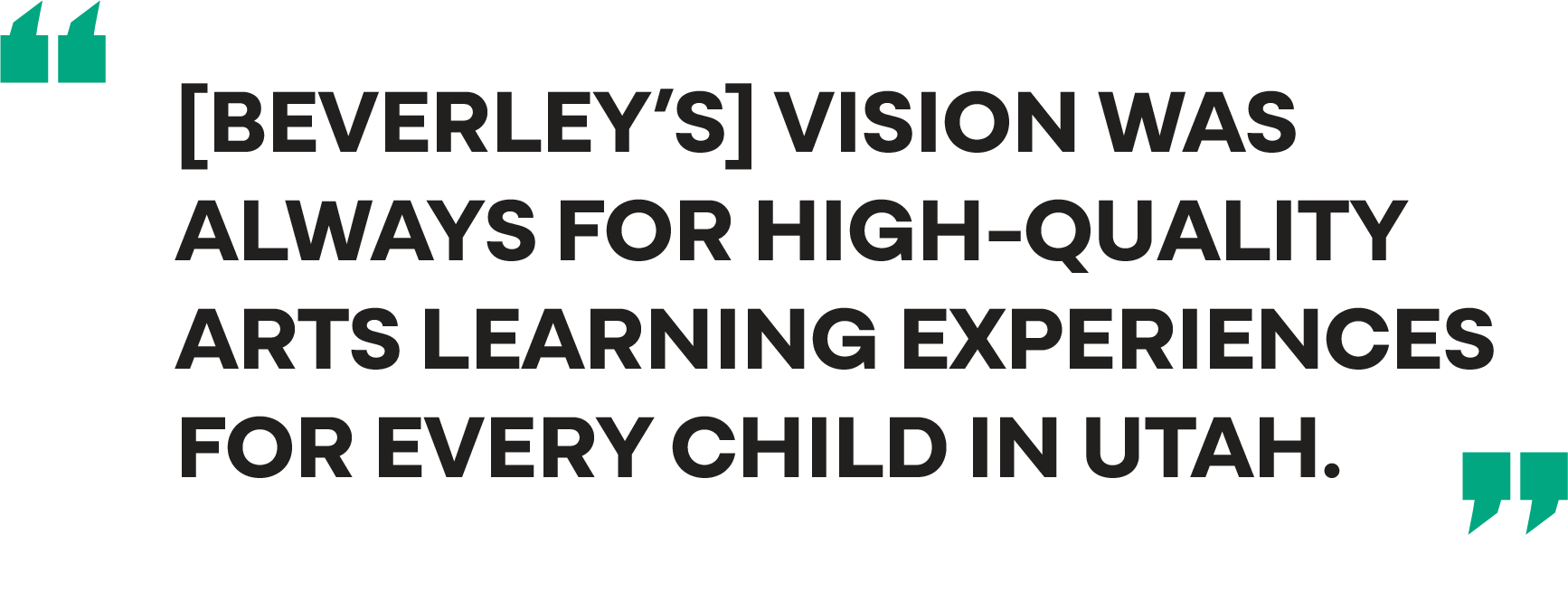
The first to establish an endowed program, the University of Utah had jurisdiction over 20 of the first 50 participating BTS Arts schools. In under two decades, the program’s reach has grown to 478 schools statewide, with 150 under the U's wing.
Today, BTS Arts at the U provides undergraduate and graduate fellowships in arts education a pre-service conference (ArtsLINK) where students practice arts-integrated planning and instruction, and a research symposium where principals learn about exemplary arts integration practices grounded in educational theory. The U also collaborates with the Utah State Board of Education to provide regular professional development for in-service arts educators and to sustain cutting edge work.
As program director, McIntyre-Martinez is a daily witness to its impact on every age level from kindergarten to college. "When you add highly qualified arts educators working alongside stellar classroom teachers, with principals and districts that believe in the program, that’s where the magic happens,” she said. "Statewide, it is positively influencing family engagement, increasing learning in English language arts, science, math, social studies, critical thinking, problem solving — not to mention the walls, the brightness, the spirit of the school.”
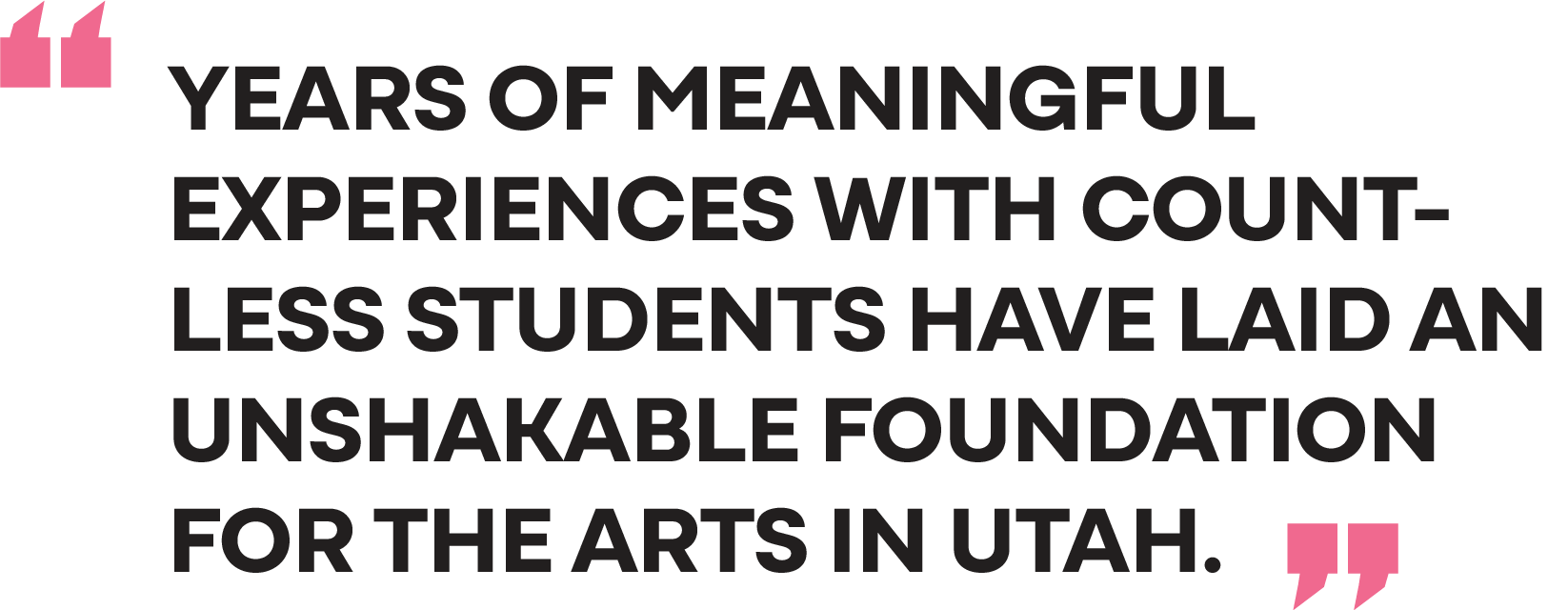
Whether planning on a career in education or not, College of Fine Arts students benefit from the availability of teaching as a component of their degree. In the recent Strategic National Arts Alumni Project survey, more than any other profession, alumni reported serving as arts educators in some professional capacity — whether in higher ed, K-12 schools or outside of K-12 schools. Many arts students find an unmatched sense of joy and meaning in teaching. Fortunately, they can find all the resources they need at the U.
As of 2021, all of CFA's five academic units have a robust teaching emphasis, including the Department of Film & Media Arts, which most recently added a path to educator licensure, the first in the state. "It's our responsibility to provide students with as many skills in the arts as possible to ensure their success post-graduation, and arts education is a valuable career option," McIntyre-Martinez said.

BTS visual art teacher and MAT-FA alumna Ishel Brimhall brings habitants to life with 5th grade students
Aspiring educators can also pursue advanced degrees. The U's Master of Arts in Teaching with an emphasis in Fine Arts (MAT-FA) program is colloquially referred to as "the BTS Arts graduate program," A 2-year hybrid-online program taught by tenured faculty across the arts, MAT-FA allows working arts educators to elevate their skills while continuing to work and boasts an extraordinary 97% graduation rate.
Beyond the classroom, the support of a Research 1 institution gives BTS Arts additional resources to provide regular data-driven feedback to all its stakeholders.
"We can examine our pre-service education and track how alumni are implementing arts-integrated learning. Then as research continues, we can help local school districts and legislatures see the most effective teaching models.” McIntyre-Martinez said.
BTS Arts alumni continue to rely on the program's resources and maintain active professional relationships with fellow classmates and faculty. In fact, on any given week, McIntyre-Martinez can be found popping into schools to collaborate on lessons or provide mentorship. "We're able to be on the ground, respond quickly to school requests, and provide relevant support," she explained.
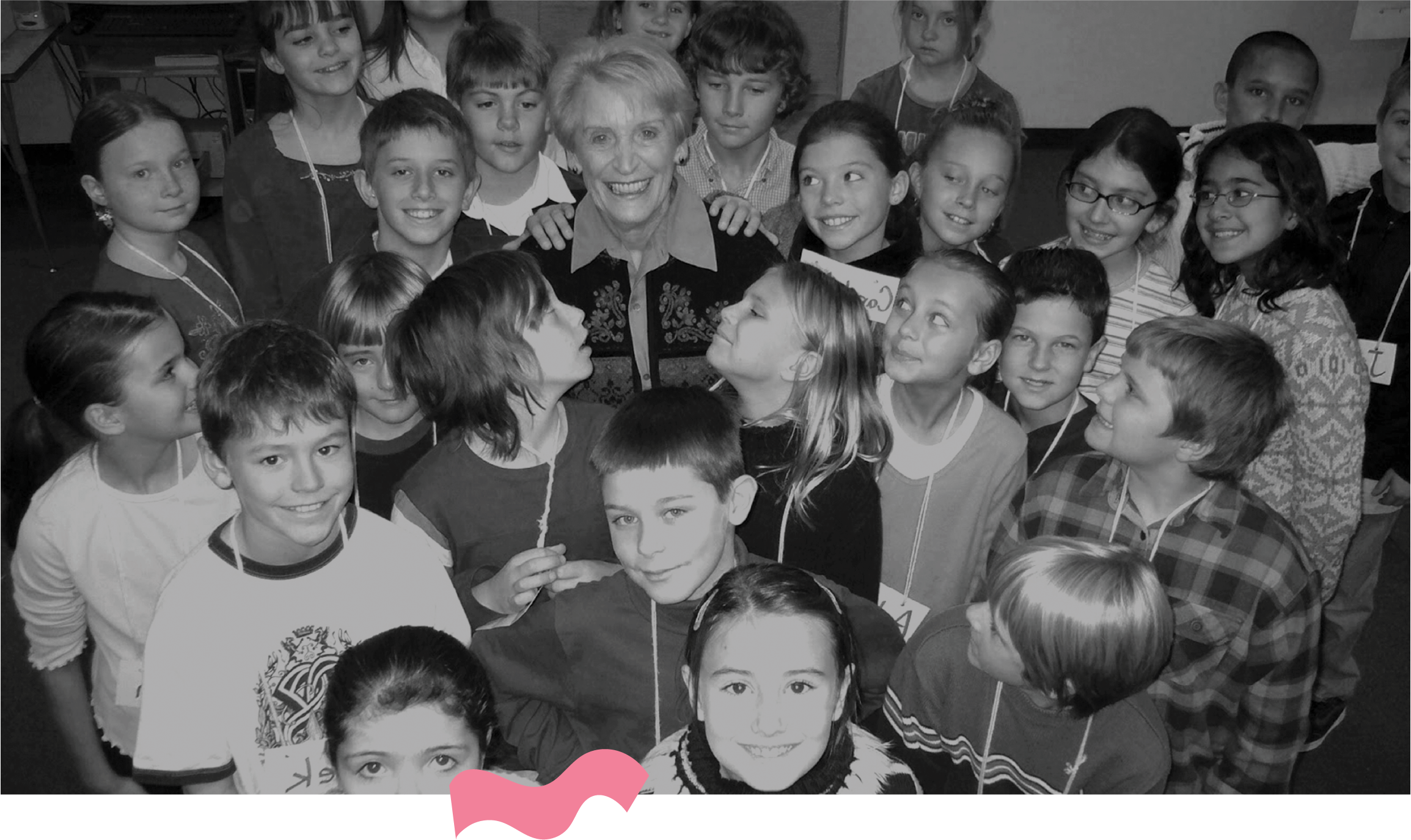
Beverley Taylor Sorenson with BTS students
In 2014, a year after Sorenson's passing, the U announced the completion of the Beverley Taylor Sorenson Arts and Education Complex, a $37.5 million interdisciplinary facility for arts and education made possible by a leading $12.5 million gift from the Sorenson Legacy Foundation.
Ten years later, and 16 since BTS Arts’ establishment, Sorenson's vision is now larger than life. Years of meaningful experiences have laid an unshakeable foundation for the arts in Utah, taking root daily in our young people.
"I ask our fine arts majors why they are here pursuing a degree in fine arts, and most respond by saying, ‘because of my art teacher, my theatre teacher…’" McIntyre-Martinez reflected. “With all the many benefits of BTS Arts, it comes down to the impact arts educators have on student learning for a lifetime.” ▪


